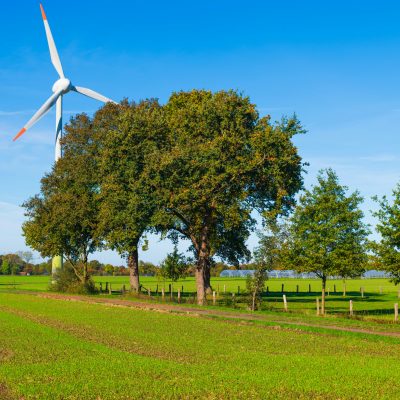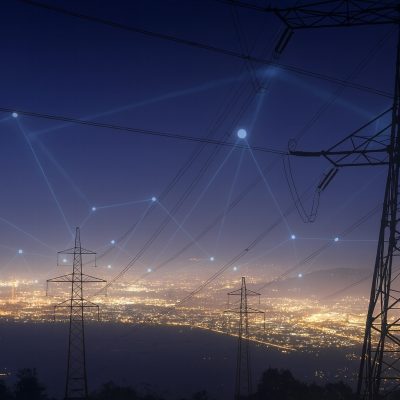A European state aid framework for the Clean Industrial Deal
Analysis of challenges and reform recommendations

In 2025, the EU will have to set the course for the future of its green industrial policy and the instruments it wants to deploy for it. Following several crises, the remaining temporary state aid framework will expire by the end of the year. By August 2026, the EU’s recovery and resilience financing will also end, raising significant questions about the common financing of the green transition. At the same time, the reformed European fiscal framework has begun to bite with the annual budgets for 2025, raising questions about the capacity of member states’ budgets to handle the majority of the public investment effort.
To respond to the aggravating climate crisis, increasing geoeconomic competition and the Covid-19 and energy price crises, the EU has multiplied green industrial policy initiatives and instruments during the last decade. This includes Important Projects of Common European Interest (IPCEIs) in the areas of batteries and hydrogen, a gradual expansion of the General Block Exemption Regulation (GBER) framework, the adoption of a series of temporary crisis frameworks (Covid-19 framework, Ukraine crisis framework, temporary crisis and transition framework (TCTF)) and the 2022 Guidelines on State aid for climate, environmental protection and energy (CEEAG).
This policy paper provides a brief overview of these various state aid frameworks and shows how they have been used by member states so far. It subsequently highlights several key challenges that the new European Commission needs to address to build a successful green industrial policy at the European level. First, so far, EU industrial policymaking has been mainly based on national subsidies, a situation that will further aggravate with the end of the Recovery and Resilience Facility (RRF). This creates significant risks for an underfunding of green industrial policy in the coming years, while also posing concerns for the integrity of the Single Market that need to be taken seriously and jointly addressed. Second, even a more European approach would face its proper challenges regarding the efficiency of green industrial policymaking and its effects on economic and societal cohesion across member states.
Based on these observations, this policy paper aims to inform the ongoing debate on a new EU state aid framework, which is supposed to be unveiled in the second trimester of 2025. It provides a set of policy recommendations to address the identified tensions and make the EU industrial policy ambitions a reality. First, the paper proposes to develop a more evidence-based approach to industrial policymaking. This requires improving state aid reporting and strengthening state aid evaluation mechanisms. Second, the current ‘galaxy’ of state aid frameworks and instruments needs to be integrated into a comprehensive, coherent and agile state aid framework that is geared towards the achievement of common EU objectives such as the green transition. This includes the harmonization and simplification of state aid criteria and the set up of common governance and conditionality systems with improved coordination between different levels of government. Third, EU and national state aid spending needs to be increased and better coordinated, especially towards green industrial policy objectives. Finally, accompanying policies are needed to maximize the utility of state aid support through demand side measures and to cushion changes in industrial structure across the EU through adequate support mechanisms.




